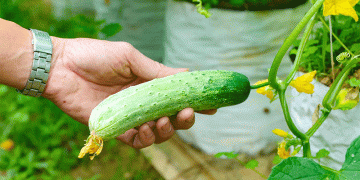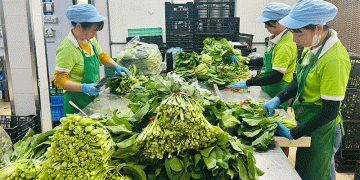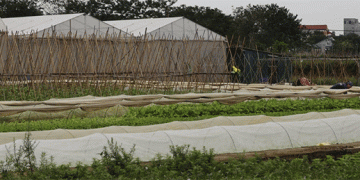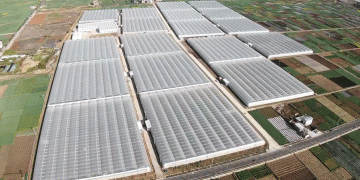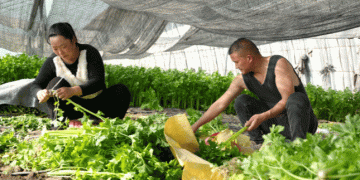The American Seed Trade Association (ASTA) on Aug. 6 commented on the USDA’s proposed rule regarding the movement of certain genetically engineered organisms.
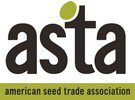
“We commend USDA for working to update its long-standing regulatory system for genetically engineered organisms to ensure it keeps pace with the latest scientific advancements,” said ASTA President & CEO Andy LaVigne. “Plant breeding has been evolving for thousands of years to safely and effectively meet the needs of farmer and consumers. Today, as we face unprecedented global-scale challenges like climate change, emerging pests and diseases and rapid population growth, plant breeding continues to evolve and innovate, to help deliver critical solutions, through methods like gene editing that are more precise and efficient than ever before.”
ASTA is pleased that USDA’s proposal recognizes that some applications of gene editing result in plant varieties that are essentially equivalent to varieties developed through more traditional breeding methods and would thus treat these varieties in the same way from a policy standpoint. While ASTA supports the exclusion of these specific categories of products from an additional pre-market review under Part 340, the association offers some recommendations relating to the definitions, structure and language of these exemptions. Specifically, ASTA has provided the following suite of interrelated recommendations:
- a definition of “genetically engineered organism”;
- a modification to one of the exemptions to more closely mirror the Secretary Perdue’s statement that USDA does not intend to require a pre-market review for new plant varieties that could have been produced through traditional breeding methods; and
- a companion recommendation for a mandatory process that would provide developers with confirmation that their product meets one of the exemptions, while making information about these products available to stakeholders and the public.
Additionally, in order to foster an environment that supports continued innovation and maintains the U.S.’ leadership role at the global level, it is critical that USDA works closely with FDA and EPA to ensure consistent, science-and risk-based policies across the U.S. Government, while continuing to take a leadership role in working towards alignment at the international level.
“We look forward to working with USDA as this process moves forward to ensure that plant breeders of every size and sector have access to the best and latest tools available to meet the challenges of tomorrow,” said LaVigne. “And we remain committed to continuing the important dialogue with consumers about plant breeding and what it means for our future, as we collectively develop new and innovative solutions to address some of society’s most pressing challenges.”


















